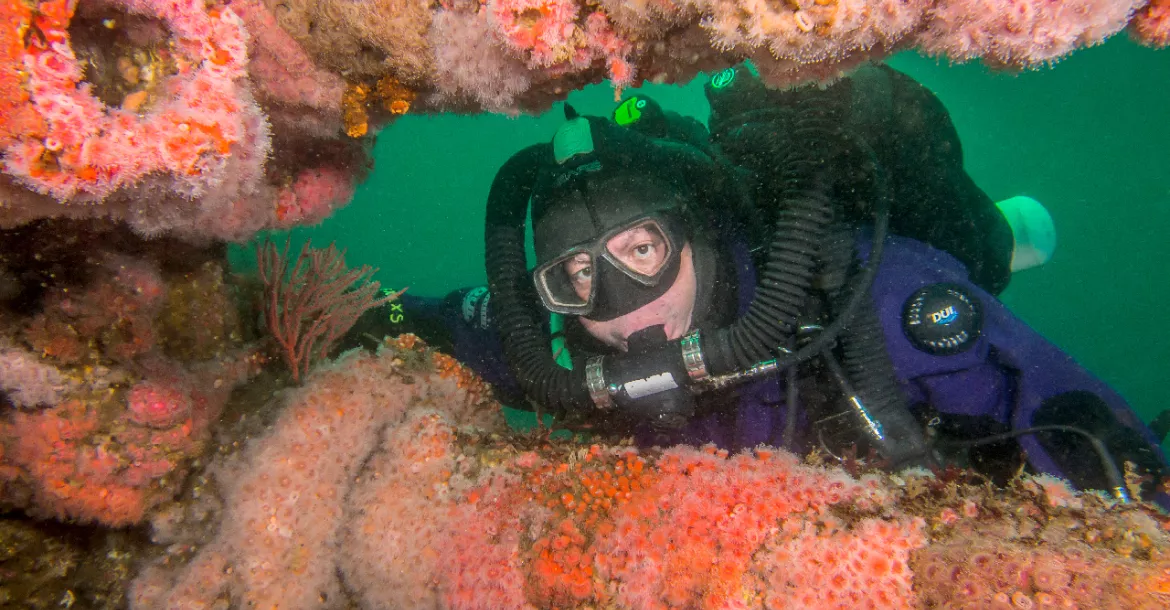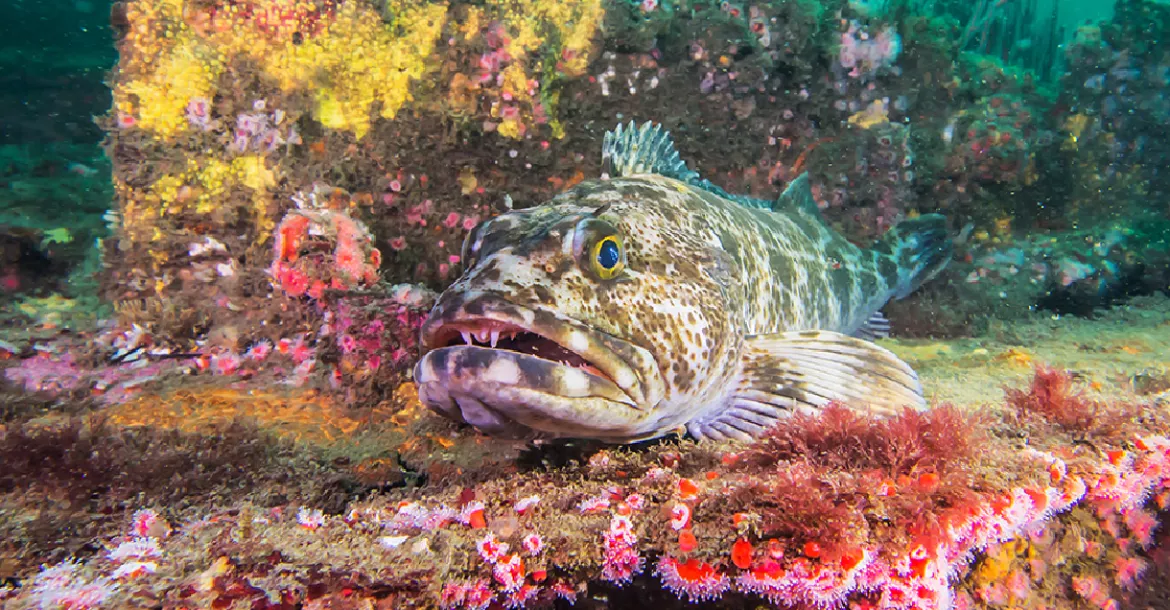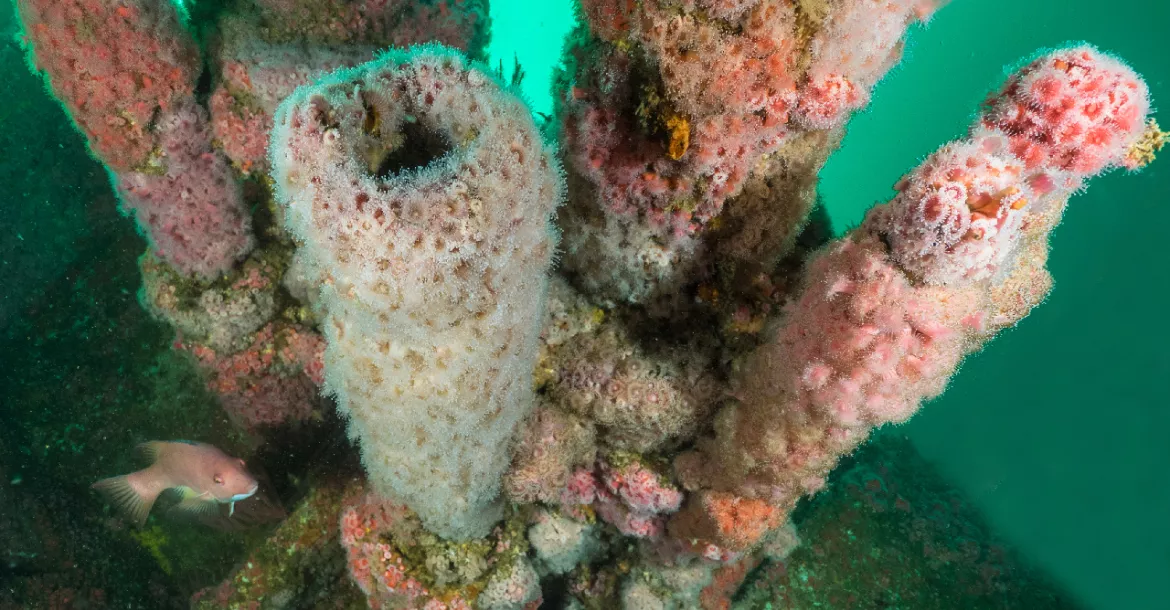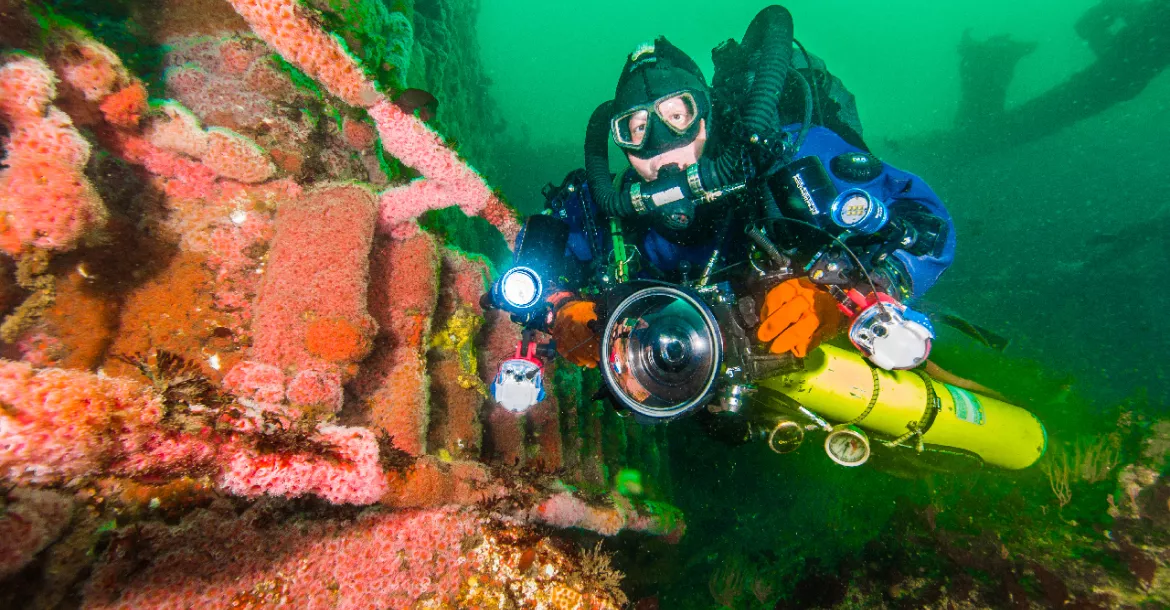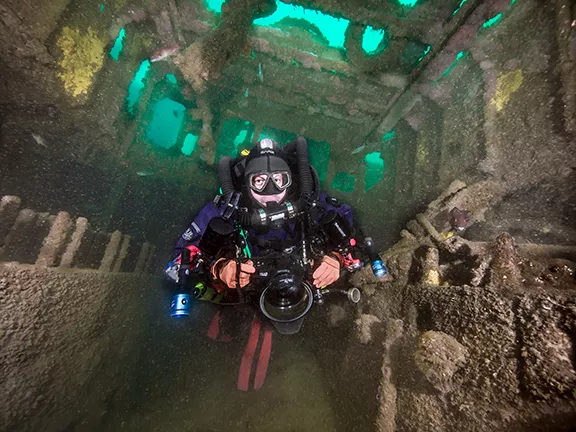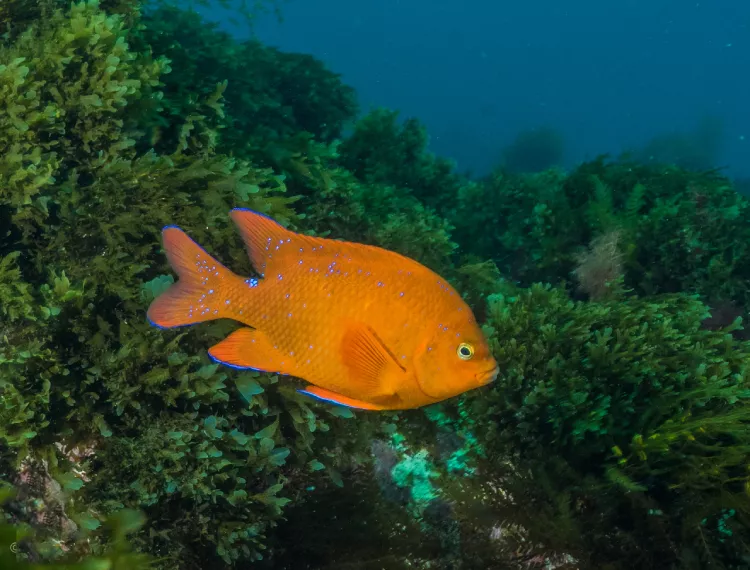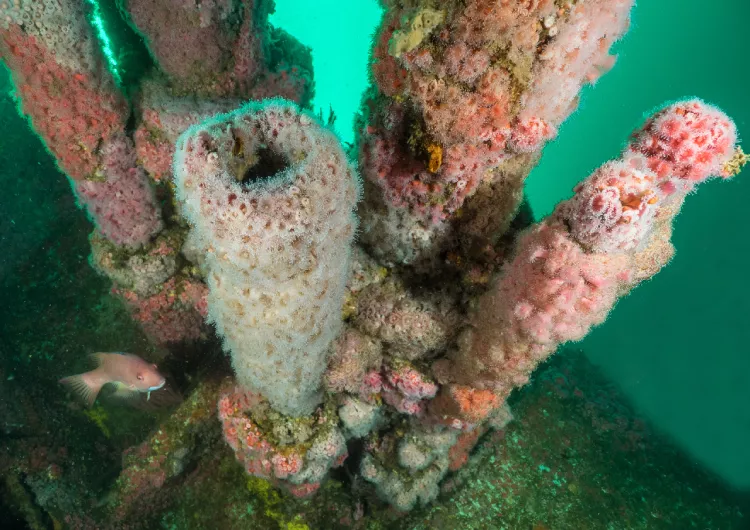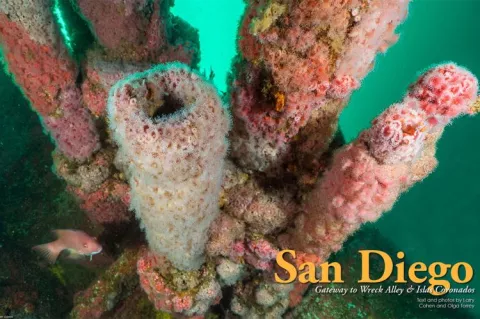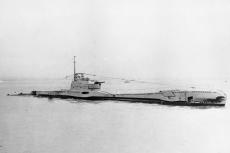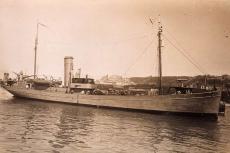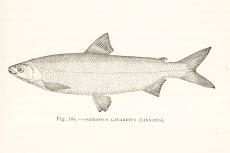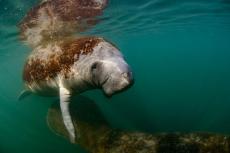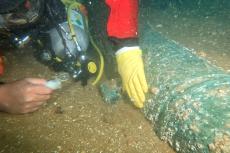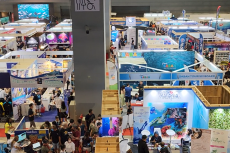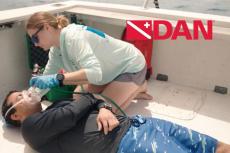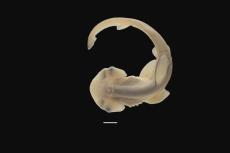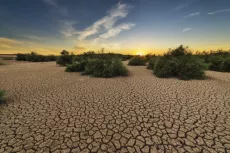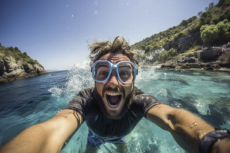San Diego’s Wreck Alley is an area with intentionally sunken ships. One of the wrecks divers can find here is the HMCS Yukon, which was a Mackenzie-class destroyer that served in the Royal Canadian Navy (RCN) and later the Canadian Forces. She was named after the Yukon River that runs from British Columbia through the Yukon and into Alaska.
Contributed by
Factfile
Larry Cohen and Olga Torrey are well-traveled and published underwater photographers based in New York City, USA. They offer underwater photography courses and presentations to dive shops, clubs and events.
For more information, visit: Liquidimagesuw.com and Liquidimagesuw.com/olga.
SOURCES:
https://www.bajabound.com/bajaadventures/bajafever/loscoronados.php
https://en.wikipedia.org/wiki/HMCS_Yukon_(DDE_263)
https://www.marissacharters.com/hmcs-yukon
http://www.ashleyhauck.com/blog/diving-ruby-e-wreck-san-diego/
https://www.marissacharters.com
http://zoo.sandiegozoo.org
http://www.parks.ca.gov/?page_id=638
http://www.visitcalifornia.com/attraction/ricardo-breceda-sculptures
https://en.wikipedia.org/wiki/Wreck_Alley
The Yukon. The ship entered service in 1963. The Yukon was mostly used as a training ship. Built on the west coast in North Vancouver, the Yukon was immediately transferred to the east coast. Based in Halifax, Nova Scotia she remained on the east coast for a year, as part of the First Canadian Escort Squadron. The Yukon escorted Queen Elizabeth II aboard the HMY Britannia on visits to several Canadian port cities. She returned to the Pacific in 1965.
In 1970, Yukon sailed with sister ship Mackenzie and the auxiliary vessel Provider on a training mission throughout the Pacific. Working with several navies, the Yukon visited Japan.
On 17 January 1983, the Yukon collided with the US aircraft carrier USS Kitty Hawk. She had slight damage and was repaired at the Burrard Yarrow shipyard at Esquimalt, British Columbia. In 1986, the Yukon was one of three Canadian vessels that took part in the Royal Australian Navy's 75th anniversary celebrations. On 3 December 1993, the ship was decommissioned.
Initially, the ship was supposed to be sunk by the Artificial Reef Society of British Columbia. She was anchored on the New Westminster docks for a year. She was then purchased by the San Diego Oceans Foundation and towed to San Diego in June 2000 to be sunk off Mission Beach. The night before she was supposed to be sunk, she surprisingly went down in rough seas.
The 111.55m (366ft) ship lies on its port side in 32m (105ft) of water. The deck is at 19.8-22.9m (65-75ft). The bridge, crow’s nest, davits, twin 76mm (3in) gun turrets and smokestack are layered with colorful strawberry anemones, and clusters of majestic giant metridiums.
Visibility can vary. There are also large cut-outs so divers can penetrate safely. Sea life is abundant on this site. It is not unusual to see rockfish, perch, bass, lingcod, large sheep crabs, thorny sea cucumbers and California sheephead.

Ruby E. Another popular dive site is the Ruby E. This ship started life in the 1920s as the US Coast Guard cutter USCGC Cyane. She was a Thetis-class cutter that was 50.3m (165ft) long and had maximum speed of 16 knots. She had a 4,828km (3,000mi) range and was designed to chase rumrunners during Prohibition. The ship was launched in 1934 after Prohibition was over and liquor in the United States became legal. Rumrunners still wanted to avoid paying import taxes and continued to smuggle liquor into the United States. Coast Guard cutters continued to pursue them and execute other missions.
The Cyane was based out of Ketchikan, Alaska, serving as a Bering Sea patrol boat during 1937 and 1938. In 1941, President Roosevelt transferred jurisdiction of the Coast Guard from the Treasury Department to the Navy. She was than converted to a sub-chaser. Armament was upgraded; this included sonar, depth charge tracks, anti-aircraft weaponry and a "Y" gun. The Cyane name was changed to the WPC-105. In 1942, the WPC-105 helped remove the Japanese presence during World War II's Battle of the Aleutian Islands. In 1943, the crew published an anthology of prose, poetry, and songs called Cyanthology.
The ship was decommissioned in 1950. In 1954, the WPC-105 was converted into a fish processing ship and renamed the Can Am. The Can Am was supposed to be fishing the waters of South and Central America. Instead she was used to smuggle drugs. She was caught and was impounded. This is an ironic twist of fate considering she was built to hunt rumrunners.
The Can Am was sold, renamed the Ruby E and was supposed to be used as a salvage ship. When the new owners defaulted on their loan, she was sold for scrap but was donated to become part of Wreck Alley.
The fascinating story of this ship does not stop here. On 18 July 1989, the Ruby E became an artificial reef. She was towed off Mission Beach. The sea cocks were opened, and she was expected to sink. The ship stayed afloat with only a slight starboard list. As it turns out, there were two secret compartments fore and aft of the engine room. These sealed compartments were used to hide drugs during its smuggling days and now prevented the ship from sinking. Local lifeguards brought several large pumps onboard to speed up the flooding. Finally, the Ruby E slipped below the surface and landed upright in 25.9m (85ft) of water. The deck sits at 19.8m (65ft).
Visibility can be low, and it is not unusual for the current to be strong. Still the intact bow is a striking sight as it appears from the murky water. As you swim towards the stern, the deckhouse and pilothouse can be entered. In the stern, down by the sand, is the propeller and rudder. The wreck is completely covered with anemones and marine life. When the visibility is bad, there is still an abundance of tiny life to scrutinize. This includes a variety of nudibranchs.
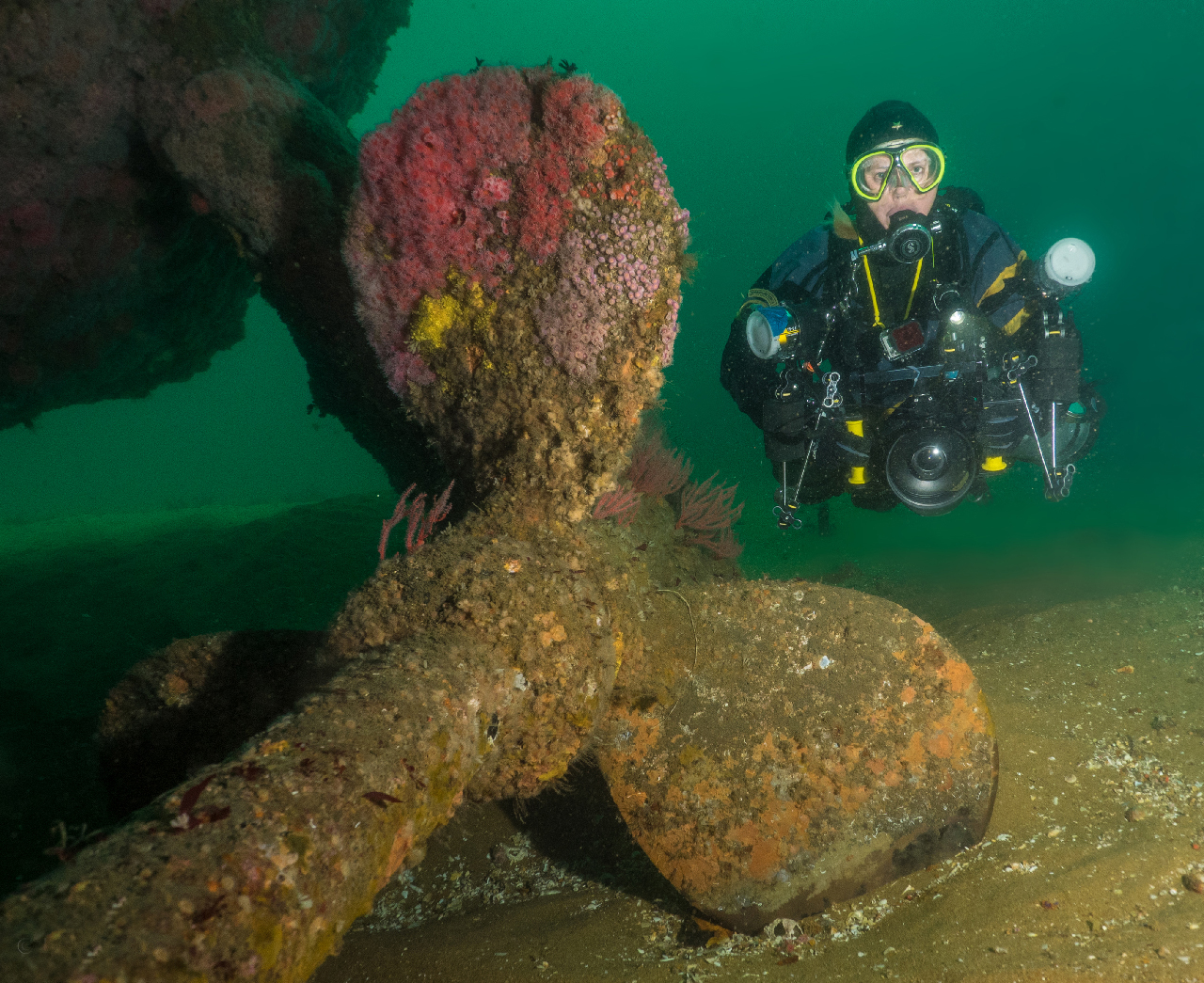
El Rey. The El Rey is now an artificial reef of Wreck Alley. The ship traveled from Point Conception to Mexico, harvesting the kelp canopy within 0.91m (3ft) of the surface. Kelp is used commercially for toothpaste, shampoo, salad dressing, pharmaceuticals and other products.
The El Rey's bow is where the harvesting blades and kelp transport mechanism were mounted. The operator worked in a small booth on the bow. The superstructure that housed the crew was located on the stern along with the engine room and storage.
On the water for 35 years, the El Rey was also used to study marine life, assist other vessels in need and occasionally recover bodies. The ship sailed 3,600 voyages and traveled more than 1,303,680m (810,000mi). In 1981, the ship was supposed to be scrapped. Instead, she was scuttled on 2 April 1987. The US Navy Demolition Team attached explosives to her hull, sending the ship to the bottom in 22.86m (75ft) of water.
The wreck is only 30.48m (100ft) long and much of the superstructure has collapsed. The wreckage is low-lying in the sand, but you can still see the distinctive kelp-cutting arm.
Not all the wreckage in Wreck Ally are ships. When Mission Bay was developed, and the old Ingraham Street Bridge was replaced, all rubble was taken out and scuttled in about 18.25m (60ft) of water. The structure is like a natural reef with kelp, fans and algae growing over which attracts a many fish.
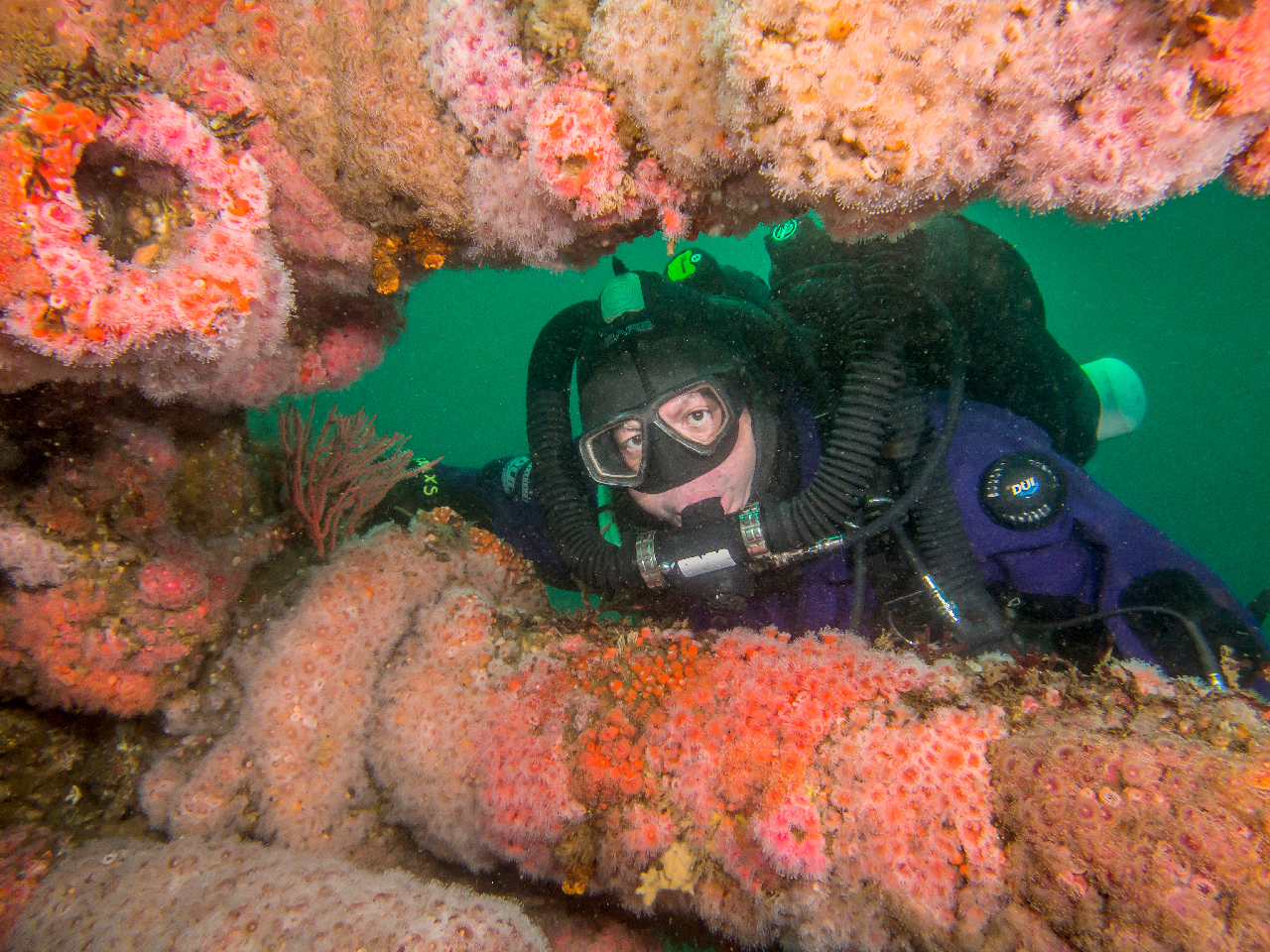
Wreck dive operator
Wreck Alley is a short boat ride from the marinas in San Diego near Sea World. Marissa Dive Charters is one of the many boats that run to these dive sites. The 12.2m (40ft) Delta dive boat is rated for 24 passengers, but they take a maximum of 14. The experienced crew, including Captain Lora and divemaster Chris, run a safe and comfortable boat.
Breakfast and lunch are provided. There is a compressor on the boat; air, nitrox and other gas fills are available. Recreational and beginner divers will feel at ease on this dive boat, but the vessel also supports technical and rebreather divers.
Another crewmember who is always on the boat is the guest greeter: Captain, the beagle. Captain’s job is to sit on divers’ laps and look cute. He also alerts the crew and passengers by barking at sea lions, dolphins and other marine mammals.
Islas Coronados
Located southwest of San Diego Bay, the Coronados are a group of four islands off the northwest coast of the Mexican state of Baja California. These islands are barren and uninhabited except for a small military base and a few lighthouse keepers. The islands are only 12.9km (8mi) from the Mexican mainland.
The islands have an interesting history. Pirates used to visit the islands, including a pirate named Jose Arvaez. He used the bay as a base of operations. Later the bay was known as Pirates Cove and Smugglers Cove.
In the 1920s, Prohibition in the United States prevented people from drinking legally. US residents would venture across the border to Mexico’s bars and casinos. Rumrunners smuggling liquor to US speakeasies would often use the Coronado Islands as a stop-off point.
In May 1943, L. Ron Hubbard commanded the U.S Navy’s sub-chaser USS PC-815. He conducted unauthorized gunnery exercises and shelled the Coronado Islands. Hubbard claimed he thought the islands were uninhabited and belonged to the United States. The Mexican Coast Guard occupied the islands at the time. When the Mexican government complained, Hubbard was relieved of command. Later he became the founder of Scientology.
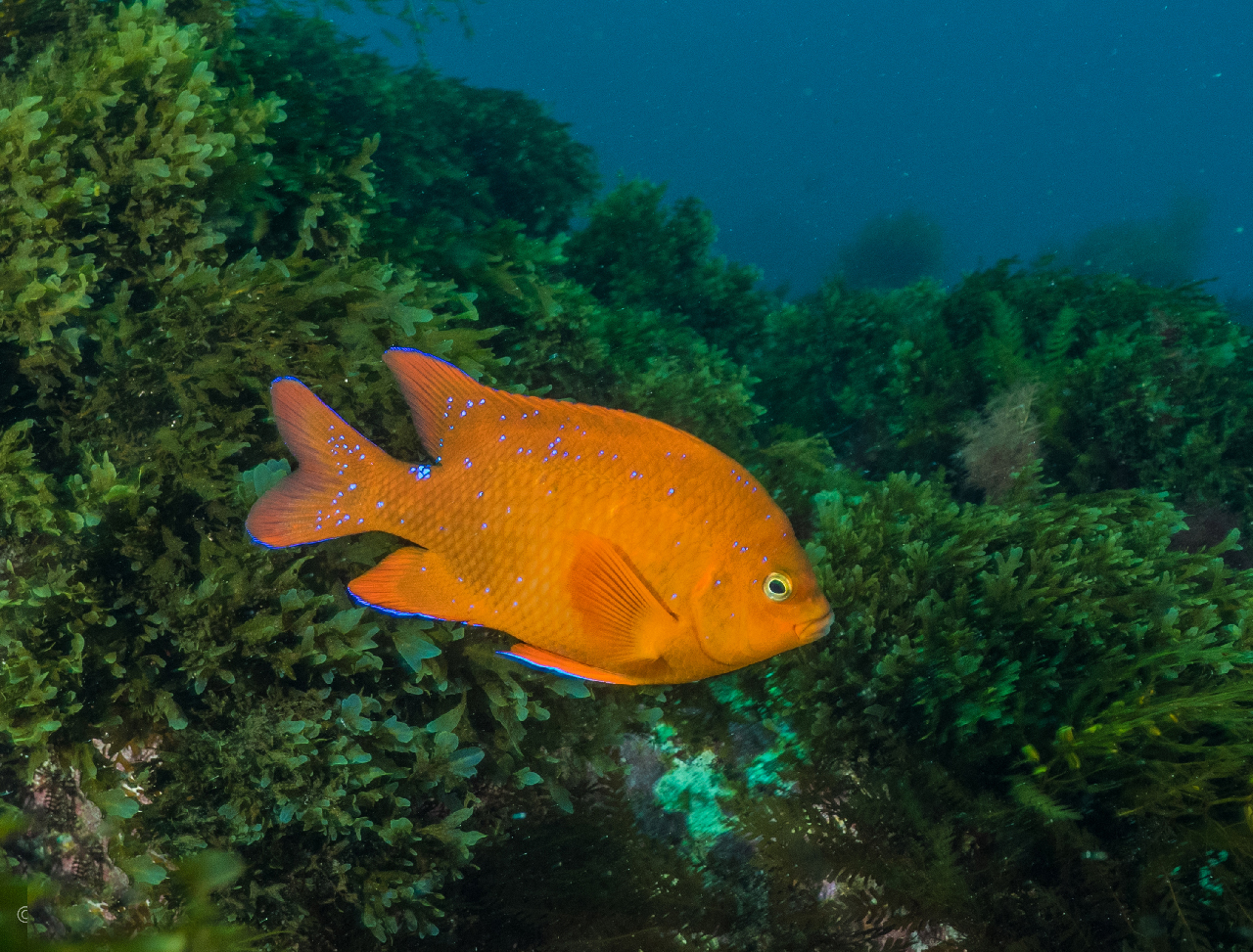
Wildlife refuge
Today, the Coronado Islands are a Mexican wildlife refuge. The islands have colonies of gulls, pelicans, petrels and sea ducks. The largest known colony of the Xantus’s Murrelet is on the island. There are two elephant seal rookeries and harbor seals can also be found here.
For divers, the sea lion rookeries on the northernmost island is the place to be. In less than 12m (40ft) of water, hundreds of friendly sea lions will approach very closely and stare you in the eye. The hectic scene is fun and humorous but is also a little disconcerting. Underwater photographers have to work hard to get close to marine life. At times the sea lions of the Coronado Islands come too close to get a good photograph.
Dive charter boats require special licenses and Mexican immigration regulations require everyone to carry passports and a visitor permit that cost US$21. Private boats can get all the paperwork done online the night before.
The trip from San Diego to the Coronado Islands can be bumpy. Battered by wind and waves, sometimes the boat has to stay off the island and you have to swim in close to interact with the sea lions. It is best to swim on the surface and watch where the sea lions are sunbathing. As you get close to the island, descend and the sea lions will follow underwater and want to play.
Visibility can be 80ft (24.38m), and the water is slightly warmer than in San Diego. Still, the dive will be more comfortable if you wear a drysuit. Garibaldi and other fish can be seen among the kelp.
Topside excursions
Besides diving, San Diego has many attractions. The San Diego Zoo in considered one of the best in the world. The zoo, along with the San Diego Zoo Global Wildlife Conservancy, has been working to connect people and animals for over 100 years.
The area around the marinas has many popular beaches. There are also wetlands and parks in this area with many bird species to observe.
Anza-Borrego Desert State Park is about a two-hour road trip from San Diego. This is the largest state park in California. The park has 805km (500mi) of dirt roads, 12 wilderness areas and many miles of hiking trails. The park is named after Spanish explorer Juan Bautista de Anza and the Spanish word borrego (bighorn sheep). In the park, there are sweeping vistas with wildflowers, palm groves and cacti. It is possible to catch a glimpse of roadrunners, golden eagles, kit foxes, mule deer and bighorn sheep. Iguanas, chuckwallas and the red diamond rattlesnake are also common.
The town of Borrego Springs is the only California town that is completely surrounded by a state park. Besides being an official International Dark Sky Community, dedicated to protecting the night sky from light pollution, it is home to around 130 rust-red, scrap-metal sculptures by artist Ricardo Breceda.
Ricardo Breceda was born in Durango, Mexico, but moved to Borrego Springs, California. He made a metal sculpture of a tyranosaurus rex for his daughter. She asked for a dinosaur after seeing the movie Jurassic Park III. He continued working on sculptures, and was eventually discovered by a philanthropist Dennis Avery. Avery paid Breceda to construct sculptures in the Anza Borrego Desert. Driving through the barren monotone landscape it is extraordinary to spot sculptures of dinosaurs, elephants, scorpions, grasshoppers, a large serpent and other animals and mystical creatures.
Afterthoughts
Whether you want to dive wrecks, photograph wildlife or swim with curious seals, San Diego makes a great base from which to experience all these adventures and gain a little insight into local history, culture and cuisine along the border too. With quality dive and tour operations serving the various attractions to be found in the San Diego area, there is something for everyone above and below the waves. ■

